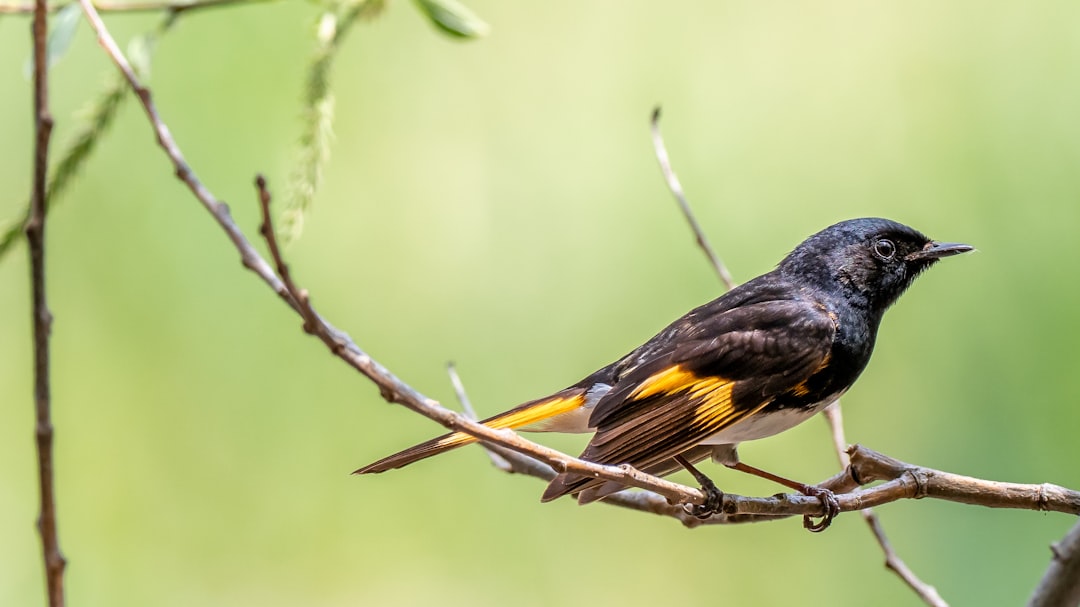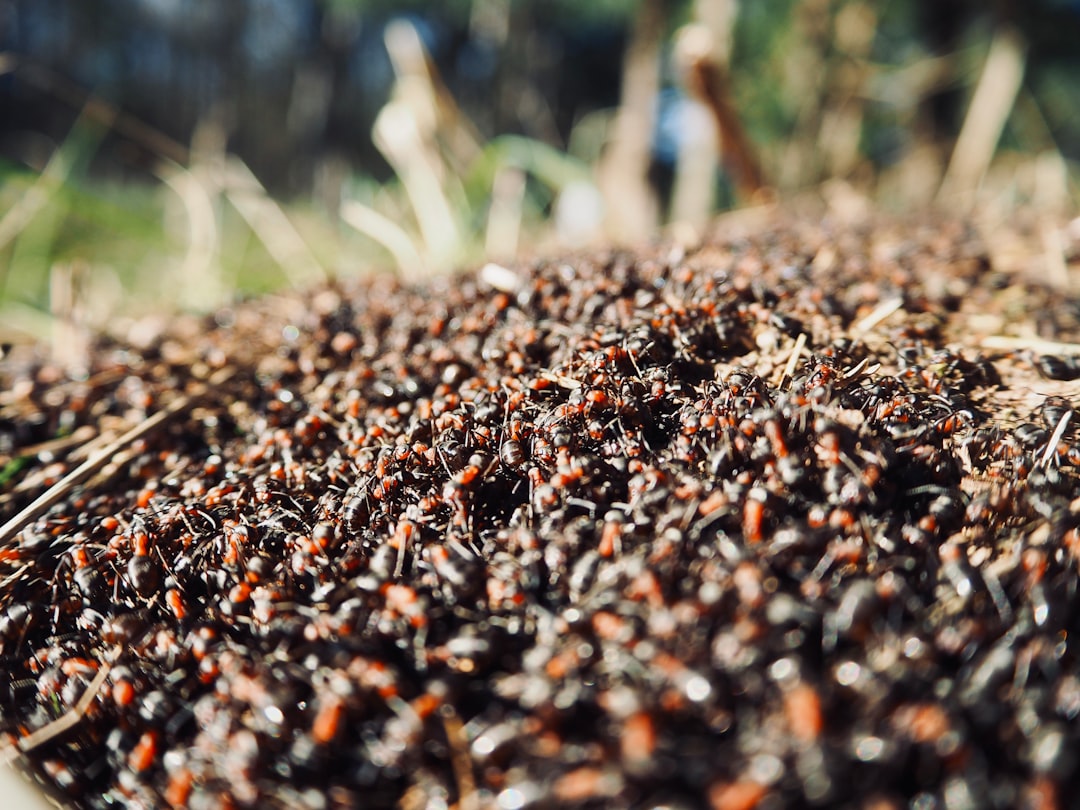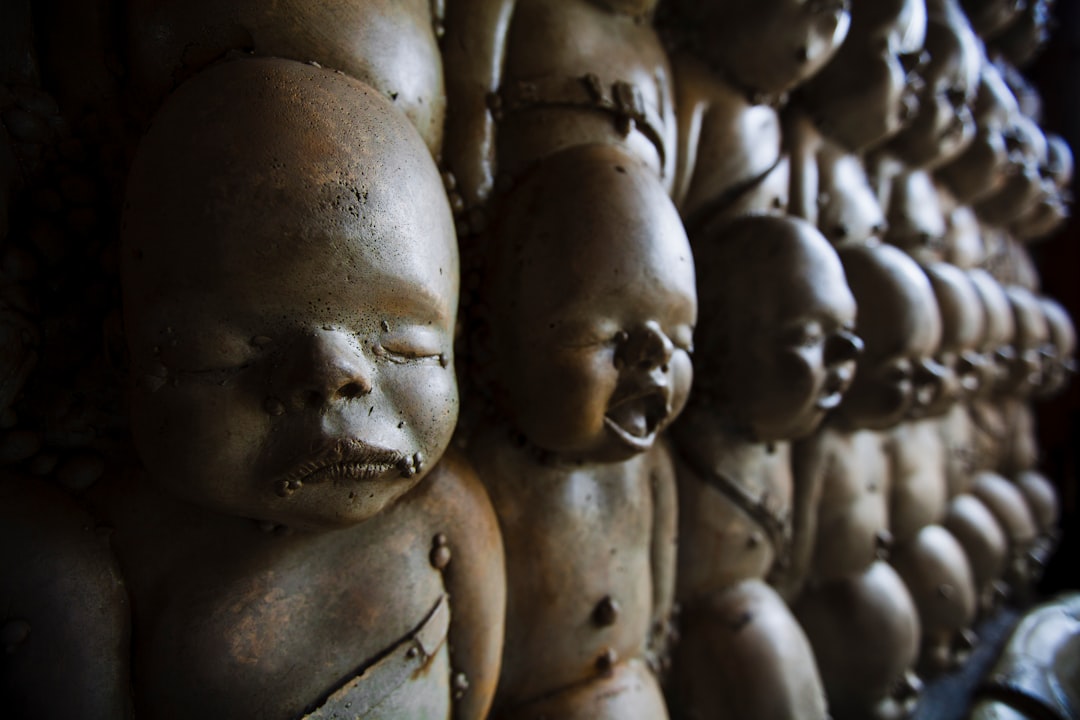What is it about?
Many extant insects have developed pad structures, euplantulae or arolia on their tarsi to increase friction or enhance adhesion for better mobility. Many polyneopteran insectswith euplantulae, for example,Grylloblattodea, Mantophasmatodea and Orthoptera, have been described from the Mesozoic. However, the origin and evolution of stick insects’ euplantulae are poorly understood due to rare fossil records. Here, we report the earliest fossil records of Timematodea hitherto, Tumefactipes prolongates gen. et sp. nov. and Granosicorpes lirates gen. et sp. nov., based on three specimens from mid-Cretaceous Burmese amber. Specimens of Tumefactipes prolongates gen. et sp. nov. have extremely specialized and expanded euplantulae on their tarsomere II. These new findings are the first known and the earliest fossil records about euplantula structure within Phasmatodea, demonstrating the diversity of euplantulae in Polyneoptera during the Mesozoic. Such tarsal pads might have increased friction and helped these mid-Cretaceous stick insects to climb more firmly on various surfaces, such as broad leaves, wetted tree branches or ground.
Featured Image
Why is it important?
These specimens providemoremorphological data for us to understand the relationships of Timematodea, Euphasmatodea, Orthoptera and Embioptera, suggesting that Timematodea might be monophyletic with Euphasmatodea rather than Embioptera and Phasmatodea should have a closer relationship with Orthoptera rather than Embioptera.
Read the Original
This page is a summary of: The earliest Timematids in Burmese amber reveal diverse tarsal pads of stick insects in the mid-Cretaceous, Insect Science, May 2018, Wiley,
DOI: 10.1111/1744-7917.12601.
You can read the full text:
Contributors
The following have contributed to this page










